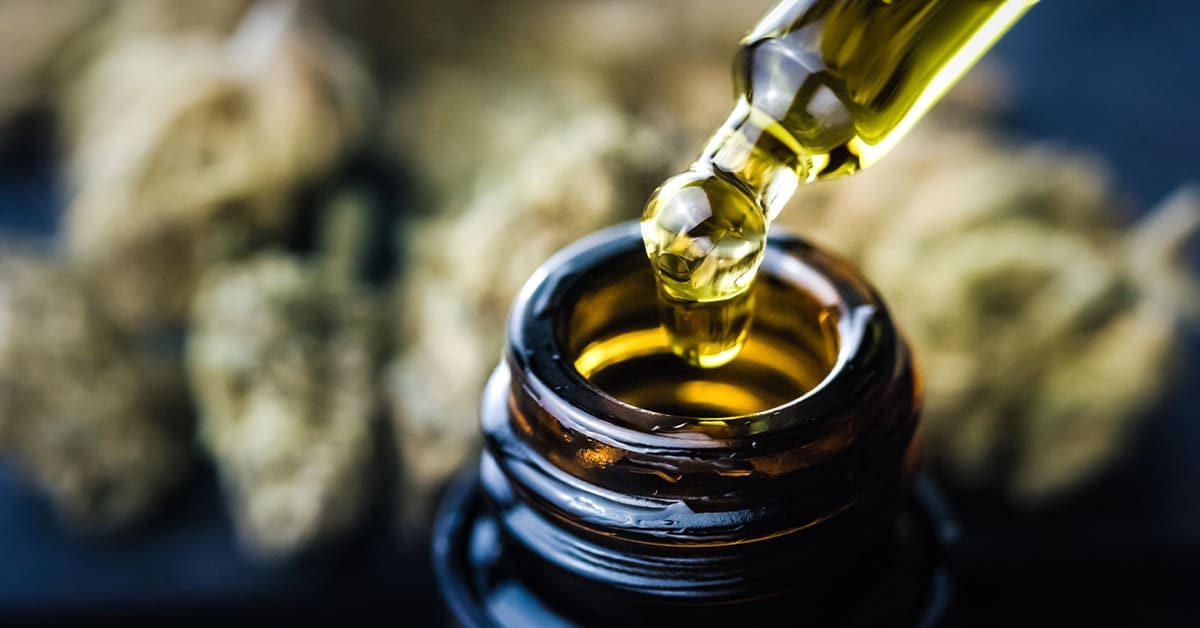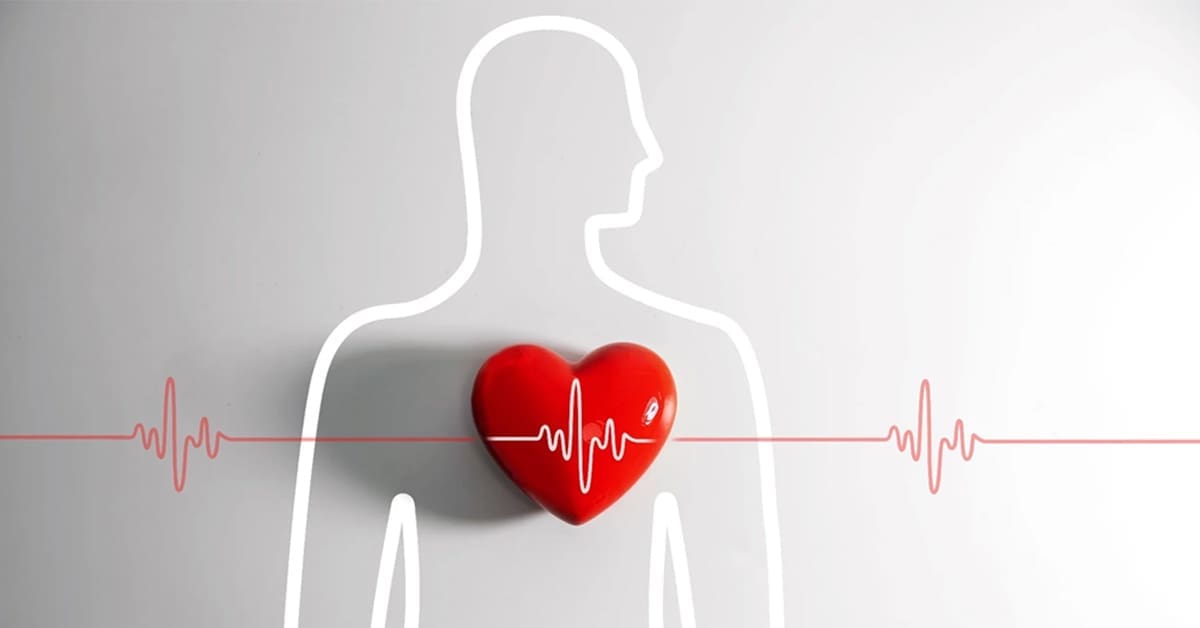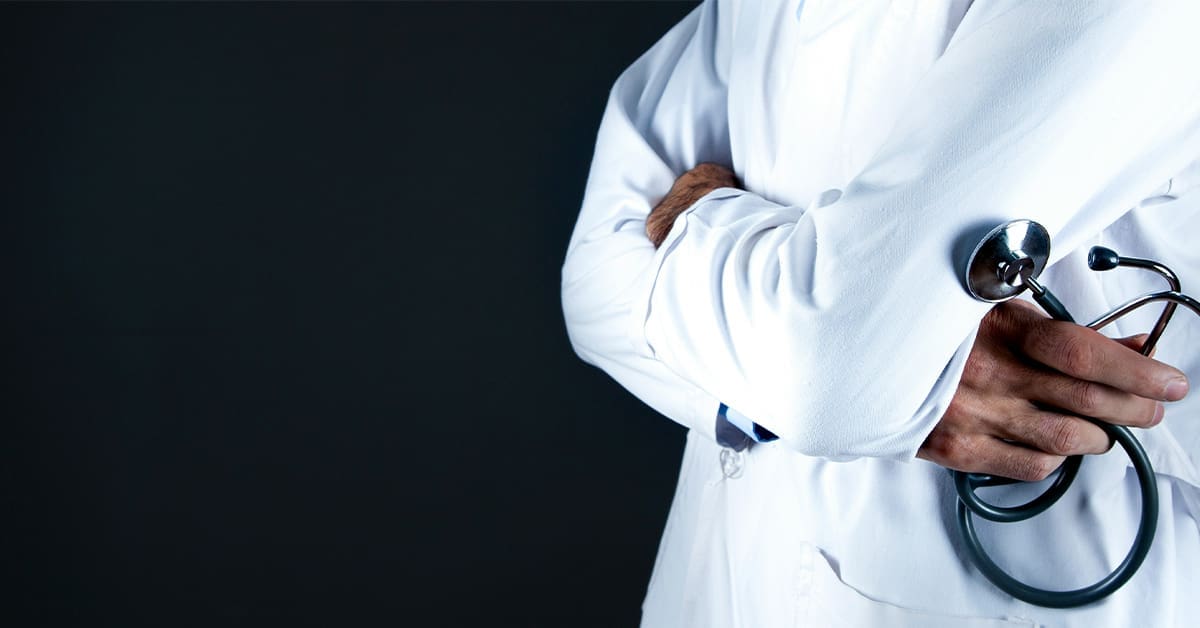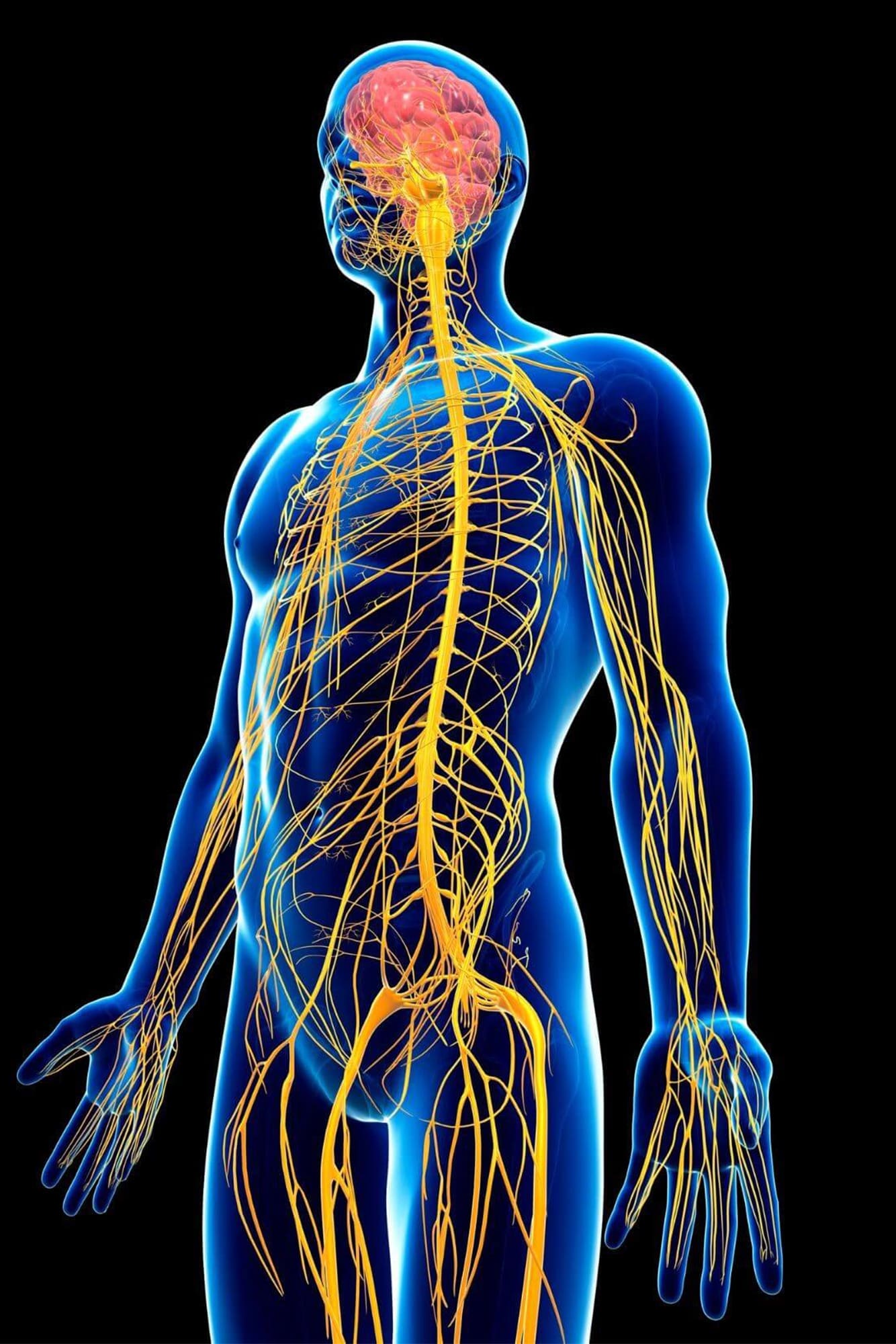Introduction
As medicinal cannabis gains recognition as a therapeutic option, understanding the role of cannabinoid ratios becomes increasingly important. The composition of cannabinoids, particularly the balance between THC and CBD, can significantly influence the treatment outcomes for patients. In this comprehensive article, we will delve into the effects of different cannabinoid ratios on medicinal cannabis treatment and explore the research behind the ensemble effect and other phytocannabinoids’ impact on treatment outcomes.
Ratios with More THC than CBD
Cannabinoid ratios with higher levels of THC compared to CBD are often associated with more pronounced psychoactive effects. Such ratios are commonly used in the management of conditions like chronic pain, cancer-related symptoms, and nausea. The analgesic and antiemetic properties of THC make it effective for these purposes, but patients should be cautious of potential psychoactive effects and work closely with healthcare professionals to find the right balance.
1:1 – A Balanced Ratio
A balanced cannabinoid ratio of 1:1 THC to CBD offers a middle ground between the potential psychoactivity of THC and the therapeutic benefits of CBD. This ratio has shown promising results in various conditions, including epilepsy, multiple sclerosis, and neuropathic pain. The balanced ratio may provide synergistic effects, enhancing the therapeutic potential of both cannabinoids while minimizing adverse effects.
Low CBD to THC
In some cases, cannabinoid ratios with lower levels of CBD relative to THC may be beneficial. Conditions such as sleep disorders, anxiety, and muscle spasticity may respond well to such ratios. However, it is crucial to carefully monitor patients for potential side effects, including increased anxiety or cognitive impairment, which can be associated with higher THC concentrations.
High CBD to THC
Cannabinoid ratios with higher levels of CBD compared to THC have gained attention for their potential therapeutic effects. These ratios are often utilized in the treatment of conditions like epilepsy, anxiety disorders, and inflammation. CBD’s anxiolytic, anti-inflammatory, and anticonvulsant properties have been well-documented, making high CBD-to-THC ratios suitable for patients who require the therapeutic benefits of cannabis with minimal psychoactive effects.
What the research tells us
The research on cannabinoid ratios and treatment outcomes is still evolving. While there is a growing body of evidence supporting the therapeutic potential of different ratios, more research is needed to fully understand their optimal applications. Studies have shown that the ensemble effect, where various cannabinoids and other components of cannabis work synergistically, may contribute to enhanced therapeutic effects. This emphasizes the importance of considering the whole plant and its complex interactions.
Effects of Other Phytocannabinoids
Beyond THC and CBD, other phytocannabinoids present in cannabis may also impact treatment outcomes. For instance, CBG (cannabigerol) has shown potential in reducing inflammation and managing conditions like glaucoma, while THCV (tetrahydrocannabivarin) may aid in weight management and diabetes control. These additional phytocannabinoids contribute to the entourage effect, enhancing the overall therapeutic benefits of medicinal cannabis.
Conclusion
Cannabinoid ratios play a crucial role in determining the treatment outcomes in medicinal cannabis patients. Different ratios offer distinct therapeutic potentials, and finding the optimal balance for each patient is essential. Healthcare professionals and patients should consider the specific medical condition, desired effects, and potential side effects when selecting the appropriate cannabinoid ratio. As research continues to expand our understanding of cannabinoids and the ensemble effect, personalized and evidence-based approaches will shape the future of medicinal cannabis treatment. References:1. Russo, E. B. (2019). The Case for the Entourage Effect and Conventional Breeding of Clinical Cannabis: No “Strain,” No Gain. Frontiers in Plant Science, 9, 1969.2. Pamplona, F. A., da Silva, L. R., & Coan, A. C. (2018). Potential Clinical Benefits of CBD-Rich Cannabis Extracts Over Purified CBD in Treatment-Resistant Epilepsy: Observational Data Meta-analysis. Frontiers in Neurology, 9, 759.3. Hill, A. J., Mercier, M. S., Hill, T. D., Glyn, S. E., & Jones, N. A. (2012). Cannabidivarin-Rich Cannabis Extracts Are Anticonvulsant in Mouse and Rat via a CB1 Receptor-Independent Mechanism. British Journal of Pharmacology, 167(8), 1629–1642.
4. Morales, P., Hurst, D. P., & Reggio, P. H. (2017). Molecular Targets of the Phytocannabinoids: A Complex Picture. Progress in the Chemistry of Organic Natural Products, 103, 103–131.








